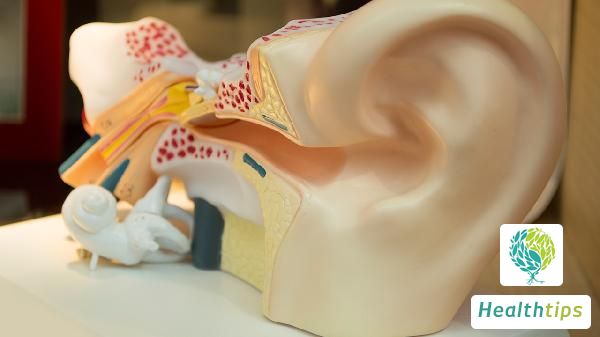Why Is There Blood on the Tissue Paper When Wiping After a Bowel Movement?
Blood on toilet paper during defecation may be caused by anal fissure, dry stool abrasion, acute infectious diseases, vitamin deficiency, hemorrhoids, etc. This condition can be attributed to two main categories:

1. Diseases of the Digestive Tract Itself:
- Rupture and bleeding of esophageal/gastric varices
- Gastric and intestinal ulcers and inflammation
- Parasitic infections
- Tumors (including polyps and cancers)
- Hemorrhoids
- Intussusception
- Anal fissure
- Dry stool abrasion
2. Diseases of Other Systems Outside the Digestive Tract:
- Blood diseases
- Acute infectious diseases
- Vitamin deficiency
- Poisoning or drug toxicity
In children, rectal bleeding is often caused by intestinal polyps, presenting as bright red blood without pain and not mixed with stool. It can also be seen in bacterial dysentery, intussusception, and blood system diseases. In adults, rectal bleeding is often caused by hemorrhoids, anal fistula, anal fissure, intestinal polyps, colorectal cancer, inflammatory bowel disease, etc.
Diagnosis of Blood on Toilet Paper During Defecation
1. Attention to the Characteristics of Rectal Bleeding:
- Understand the occurrence and development of rectal bleeding. Internal hemorrhoids and anal fissures often bleed after defecation. Chronic nonspecific colitis and colonic polyps often present with recurrent and intermittent small amounts of rectal bleeding. In the middle and late stages of rectal malignancy, there may be persistent small amounts of rectal bleeding.
- Clarify the nature, mode of bleeding, color, and amount of rectal bleeding. For example, internal hemorrhoid bleeding may be in the form of droplets or jets; anal fissure bleeding is attached to the surface of the stool or stains the toilet paper with a small amount of blood. If there is a large amount of bleeding, the blood may accumulate in the intestinal cavity and appear black when excreted, which is more likely to be caused by upper gastrointestinal lesions. If the blood is purple-red, dark red, or contains blood clots, or if the blood is bright red, it is more likely to originate from the lower gastrointestinal tract. If the blood is mixed with mucus and has a foul odor, the possibility of rectal malignancy should be considered.
2. Attention to Accompanying Symptoms of Rectal Bleeding:
- Rectal bleeding accompanied by prolapse of the anus and tenesmus is often seen in rectal inflammation and rectal polyps (cancer).
- Rectal bleeding from internal hemorrhoids or polyps is not accompanied by anal pain.
- Anal fissure is accompanied by anal pain and constipation.
- Chronic colitis is often accompanied by diarrhea and dull pain in the lower left abdomen.
- Hemorrhagic necrotic colitis and intussusception are accompanied by severe abdominal pain and even shock.



















